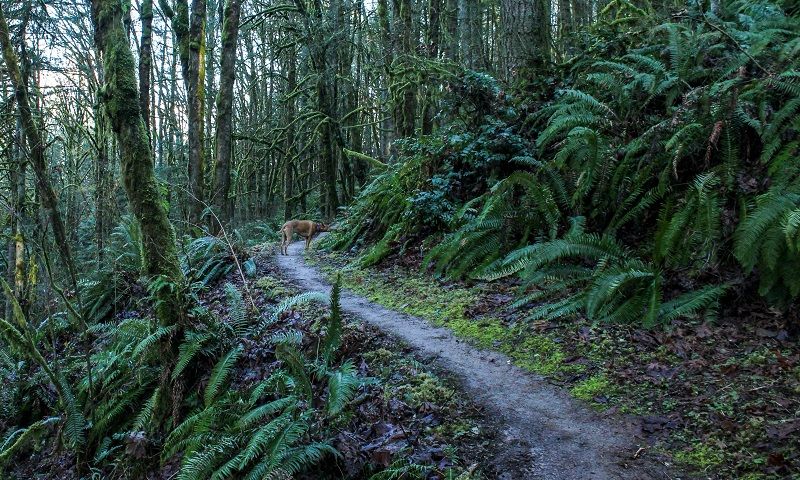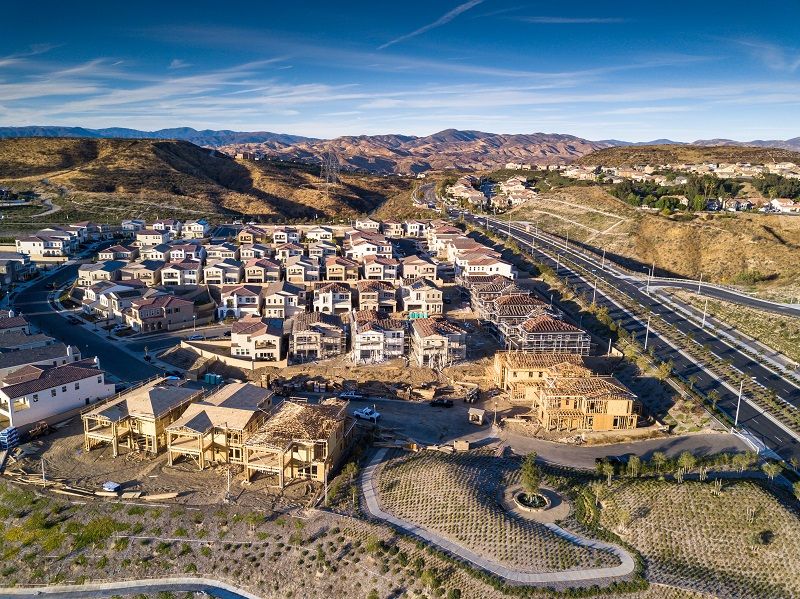

O&C Lands: “Living Capital” for Rural Oregon Counties
By Karla Kay Edwards
Oregon has been in an economic recession since 2008, but rural Oregon has been struggling for much longer. No single factor can be blamed for the economic downward spiral of rural Oregon, but changes in the management philosophy of our 18 million acres of federal forestlands in Oregon have played a significant part. Many rural communities have been stuck in the conundrum of trying to address chronic high unemployment and poverty without access to significant portions of the abundant renewable natural resources surrounding their communities.
Peruvian economist Hernando de Soto referred to this kind of situation as “dead capital” – where there is no capacity for wealth creation because there are effectively no property rights. The inability to actively manage renewable resources in federal ownership has had a significant impact on the economic stability of rural communities, as well as on county and local governments.
One small part of the millions of acres under federal control in Oregon is different from the rest. In 18 Oregon counties, 2.4 million acres of federal lands are known as O&C lands (Oregon and California Railroad lands). These lands are different than other federal lands from both a historic and a management goal perspective. Originally, the O&C lands were intended to be sold to settlers in order to help build an economic foundation in the state. However, they were remanded back into federal ownership after it was found that the railroad companies had breached their contract.
In 1937, these 2.4 million acres were set aside in Oregon by the O&C Act to provide “permanent forest production” with timber to be “sold, cut and removed in conformity with the principal [sic] of sustained yield for the purpose of providing a permanent source of timber supply, protecting watersheds, regulating stream flow and contributing to the economic stability of local communities and industries, and providing recreational facilities.” Over the last two decades several attempts have been made by the Bureau of Land Management to come to agreement on a management plan for these timberlands, to no avail. The most recent was the WOPR (Western Oregon Plan Revisions), which was withdrawn in July 2009 and is once again being redrafted.
Due to implementation of federal forestland policies adopted in the 1990s, timber harvest has been reduced by more than 85% in some areas. This drastic reduction in timber receipts for counties initiated the adoption of the Secure Rural Schools and Communities Self-Determination Act in 2000. The Act currently supplements many county governments throughout the country for the loss of revenues due to the lack of timber harvest. However, this funding is scheduled to sunset in 2012. Without reauthorization it will leave many counties that have already been hit hard by the economic recession with even larger budget deficits and the inability to provide general services to their citizens.
To illustrate, in 2007 the 18 counties that have O&C lands received about $116 million in safety net payments. Without those safety net payments, the counties would have received just $16 million in 2007. When counties face huge federal and state deficits and federal agencies are unable to develop a management plan that can meet both the requirements of the O&C Act and withstand court challenges, it is time to rethink the approach to the problem.
The Association of O&C Counties has done just that. They have proposed a solution to the problem that is both judicious and offers an opportunity for long-term wealth creation. Due to the O&C lands’ long history of being intended for private ownership, the Federal Forest Counties and Schools Stabilization Act of 2010 lays out an opportunity unique to them. The proposal sets aside half of the O&C land (1.2 million acres) of sensitive old growth timber habitat for preservation purposes. The remaining 1.2 million acres would be liquidated to establish a trust fund. The interest earned by the fund would be distributed to O&C counties to provide for public services, thus replacing the counties’ current statutory right to 75% of annual timber sale revenues from O&C lands. The proposal strives to achieve five overall goals that could provide long-term sustainability for old growth forest habitat and essential public services for many rural communities. The five goals are:
- Reauthorize the Secure Rural Schools safety net for the next 10 years to provide stability for communities while implementation of the Act is being carried out.
- Provide a reliable timber supply which will stimulate investment in the wood products infrastructure.
- Assure full environmental protections and enhanced old growth preservation, now and for future generations.
- Create thousands of jobs in communities throughout Oregon.
- Reduce future reliance on federal timber harvests as the source of funds for public services in the O&C Counties.
This plan is close to having your cake and eating it, too. 1.2 million acres of old growth forest will be preserved. Economic development will be stimulated with 20,000 potential new jobs. Counties will have a long-term funding source for public services that will neither add to our national deficit, nor add further tax burdens to citizens. As we face significant fundamental decisions on how best to move beyond the Great Recession, it is imperative that we seek ways to take “dead capital” and turn it into opportunities to create wealth for both individuals and communities. The Federal Forest Counties and Schools Stabilization Act of 2010 is an opportunity for all of Oregon.
Karla Kay Edwards is Rural Policy Analyst at Cascade Policy Institute, Oregon’s free market public policy research organization. She has held positions of leadership in numerous organizations focusing on agricultural and rural industries and issues, including the Fresno (California) Farm Bureau, Washington Cattlemen’s Association and the Oregon Department of Agriculture.











